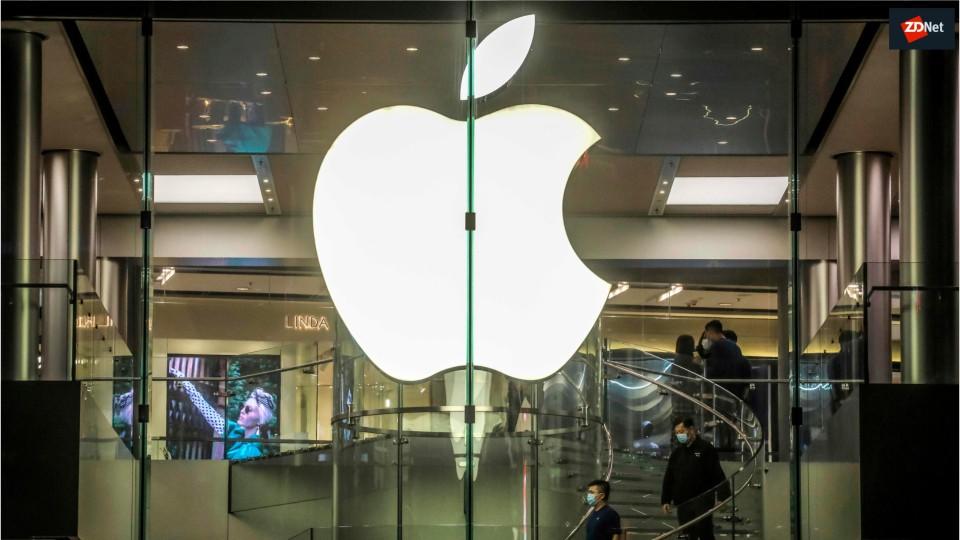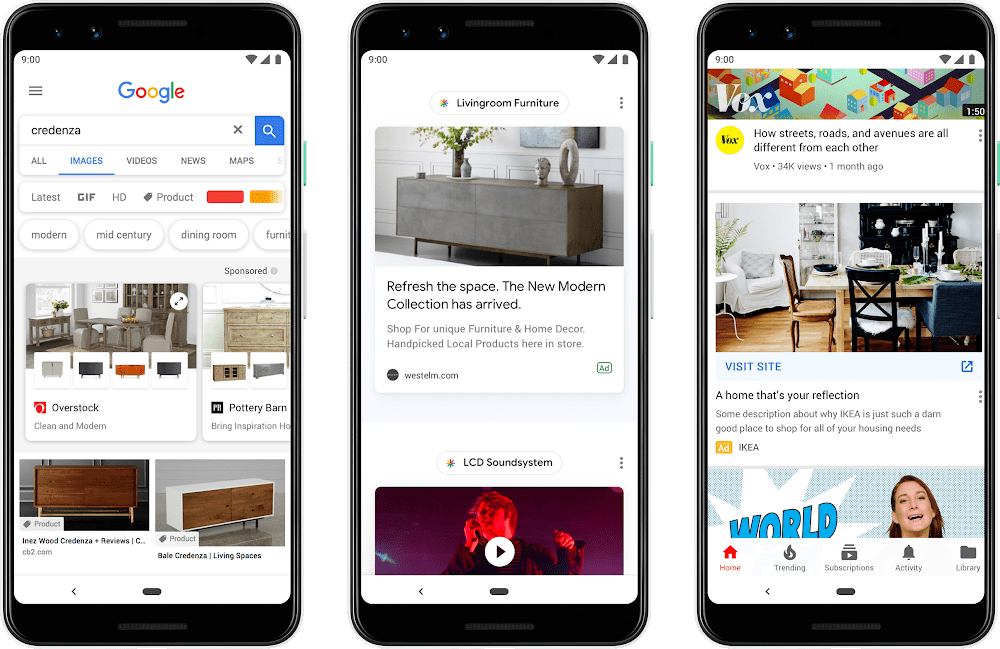Your iPhone has trouble keeping secrets. Thankfully, there’s something you can do about it.
What you do on the internet, what apps you download, and, often, where you go are all data points that can be linked to an iPhone’s so-called advertising identifier (Android phones have a similar Advertising ID). Combined with commercially available databases, this unique alphanumeric string can be enough for third parties to tie an iPhone’s actions back to the real name of its owner.
We were reminded of the real-world consequences of this Friday, when the New York Times published an article exposing the movements of individuals involved in the Jan. 6 riot at the U.S. Capitol. The newspaper obtained a data set that linked phone location data to advertising identifiers, which, combined with other available databases, allowed the paper to link that location data to real people.
Assuming they’re playing by Apple’s rules, app developers get access to a phone’s advertising identifier by simply requesting it from the phone. Think of an ad identifier like the more familiar web cookie which follows you around the internet, remembering what you do and exchanging information with websites along the way. Your phone has something like a cookie, too — that’s the ad identifier.
While you may not have much sympathy for those described in the Times article — who, after all, may have taken part in the attack on the Capitol — the point remains. Your phone’s advertising identifier is yet another digital breadcrumb leading straight back to you.
If you want privacy when, say, going to the doctor, church, an AA meeting, this should concern you. Many of the apps on your phone that have access to your ad identifier are tracking your location. While the apps may promise to store this data anonymously — linked only to your ad identifier — the Times article provides an example of just how easy to it to tie those identifiers (and all the data associated with them) back to real names.
“Several companies offer tools to allow anyone with data to match the IDs with other databases,” the paper explains. And those databases might contain your real name and address.
But there’s a way to fight back.
Apple offers users the option, albeit buried deep in an iPhone’s settings, to deny apps access to your advertising identifier. Turning off apps’ access to location data is also an important step, but there are other ways for apps to estimate your phone’s location — like connections to WiFi networks. You should also not give apps access to your location data unless they absolutely need it to function, like, for example, a map app.
To deny apps access to your phone’s advertising identifier:
- Go to “Settings”
- Tap “Privacy”
- Select “Tracking”
- Disable the option that says “Allow Apps to Request to Track”

Image: screenshot: iphone
That’s it.
Interestingly, the menu page doesn’t make it immediately clear that this action will have the intended effect. But it does. Clicking “Learn More” takes the curious to a long page of text which explains what’s going on behind the scenes.
SEE ALSO: How to blur your house on Google Street View (and why you should)
“When you decline to give permission for the app to track you, the app is prevented from accessing your device’s advertising identifier (previously controlled through the Limit Ad Tracking setting on your device).”
There, wasn’t that easy?





